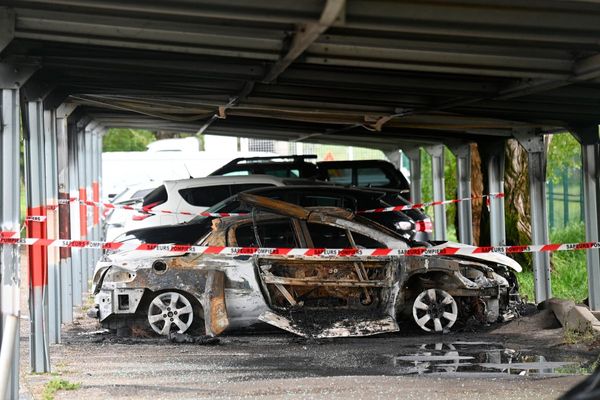
You might also like
What fuels the protests against Vizhinjam port
Vikram Kirloskar, Toyota’s India pillar, dies at 64
What drove GDP growth in the July-Sept period?
Will Dharavi be another commercial hub in Mumbai?
Adani group, the energy and infrastructure giant which has topped the bid, will resettle slum dwellers on railway land, opening up prime land for redevelopment. New commercial complexes could come up, creating a third business district in Mumbai, beyond Nariman Point in downtown Mumbai and almost an extension of the Bandra-Kurla Complex (BKC) in the suburbs. From housing offices of diverse industries to reserving space for the small industries already located in Dharavi, to even emerging as a financial services destination for the world, it opens up a world of possibilities for Mumbai, and India. Adani bid ₹5,069 crore for the ₹23,000 crore Integrated Dharavi Redevelopment Project. A committee of secretaries is expected to give a formal go-ahead to the project soon. A special purpose vehicle (SPV) will be created with Adani holding majority stake. The rehabilitation process should end in seven years, and the project should finish in 17 years.

Will there be a slum-free Mumbai?
Dharavi redevelopment is part of a larger goal to eventually make Mumbai slum-free. That would be an uphill task. Almost half of the city's population lives in densely-populated slums, according to the World Bank. Many of these slums are located along railway tracks and pavements, and deeply embedded in the city's fabric. Providing free or affordable housing for all is an enormous task. Mumbai's authorities have tried just about every option over the years, from on-site rehousing, to relocating them to distant suburbs, to building market-rate housing on slum areas, to cross-subsidizing replacement housing. Multilateral bodies like World Bank have often been consulted for the exercise. Still, the progress has been painfully slow, with the sheer numbers overwhelming the system.
Dharavi’s small businesses will stay
Many slums have almost become a permanent feature of Mumbai’s landscape, spawning mini business ecosystems. Dharavi has many informal small-scale industries, from medicines to footwear, clothes and leather. All the commercial and industrial units will find space in the redeveloped Dharavi. Over the years, standards of living in Mumbai’s slums have risen. The United Nations Development Programme’s (UNDP) Multidimensional Poverty Index pegged India's urban poverty levels at 5.5% in its recent report. The World Bank in 2018 estimated that 35% of India's urban population lived in slums. Clearly, a large chunk of the urban population living in slums is not seen to be in multidimensional poverty.
Learning from the Dharavi experience
Mumbai's experience highlights the need for city planning to prevent mushrooming of slums. Indian cities are growing at breakneck speed and becoming engines of economic growth; however, there is complete absence of urban planning in large parts of India. In fact, many urban settlements are governed as “rural" entities, revealed a recent Niti Aayog report. Haphazard urban sprawls eat into precious land resources–often fertile agricultural land–and are environmentally unsustainable. India needs compact cities and suburbs. China offers a lesson in urban planning, keeping its cities slum-free. Over the decades, it has merged city-village development into the urbanization process for organized expansion of its urban centres.
Dharavi: The big test for Gautam Adani
With a net worth of over $150 billion, Gautam Adani is now the world's third-richest person, behind Elon Musk and French fashion tycoon Bernard Arnault. In recent years, his group has expanded rapidly across businesses, from airports and roads to renewables to defence and aerospace and media. Real estate is emerging as another port of call for the Adani group. It's also an opportunity for the group to showcase its execution prowess to the world and the stock markets. Slum redevelopment is a big challenge, and meeting project deadlines and preventing cost overruns will remain a priority for the group. The Slum Rehabilitation Authority set up by the Maharashtra government in 1995 has had an unremarkable record so far, rehabilitating just over 200,000 families across 2,000 plus projects. The Dharavi project may test the Adanis as well. Remember how the seamless execution of the Jamnagar refinery, the world’s largest, got the Ambanis global recognition? The Dharavi project will be followed closely by the world and is an opportunity for Gautam Adani to make a strong statement about his group’s professionalism and prowess.
Elsewhere in Mint
In Opinion, Diva Jain says India needs a 'noodle bowl' of FTAs. Pradeep S. Mehta says India should push for a ‘Robin Hood tax’. Parmy Olson argues generative AI could turn out to be the biggest mess of all. Long Story tells whether GST has reduced inter-state disparities.







